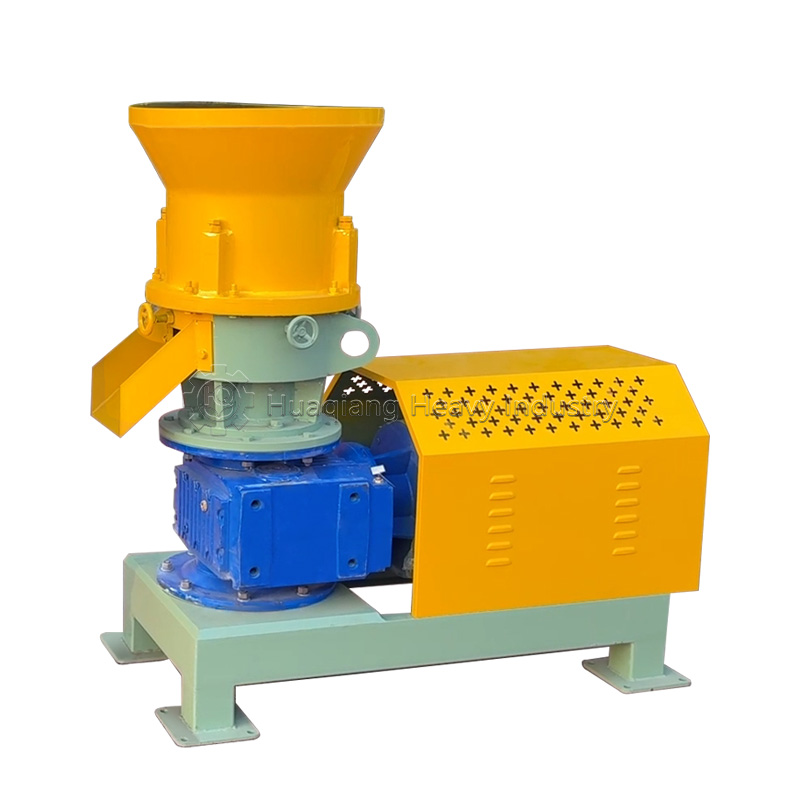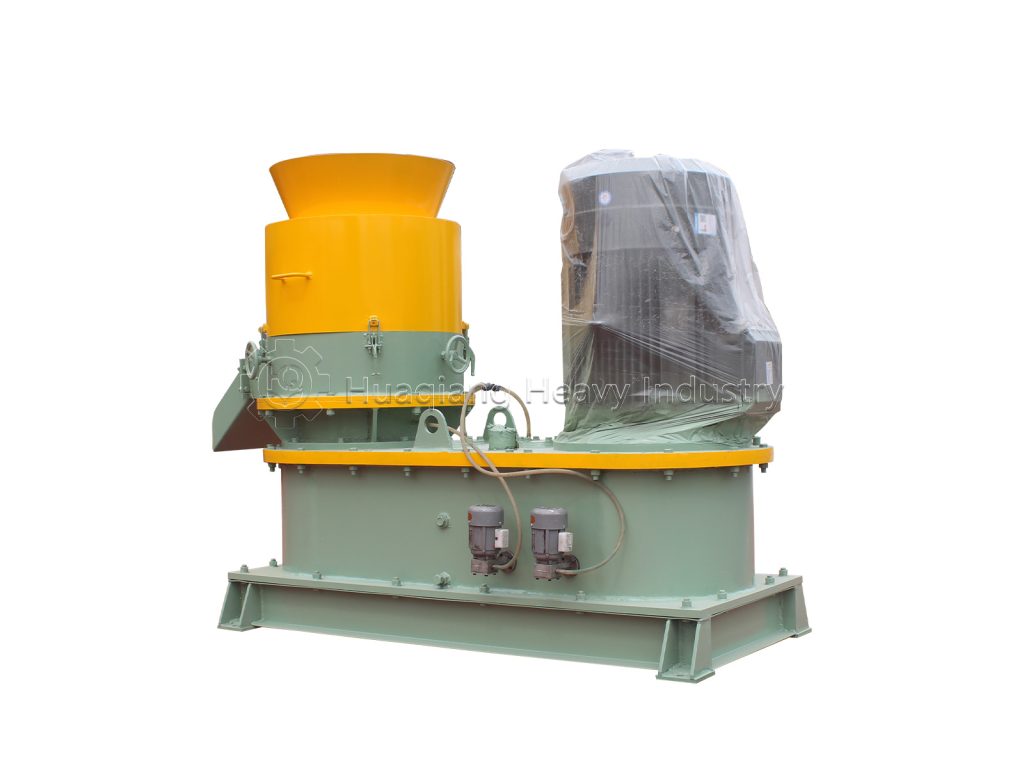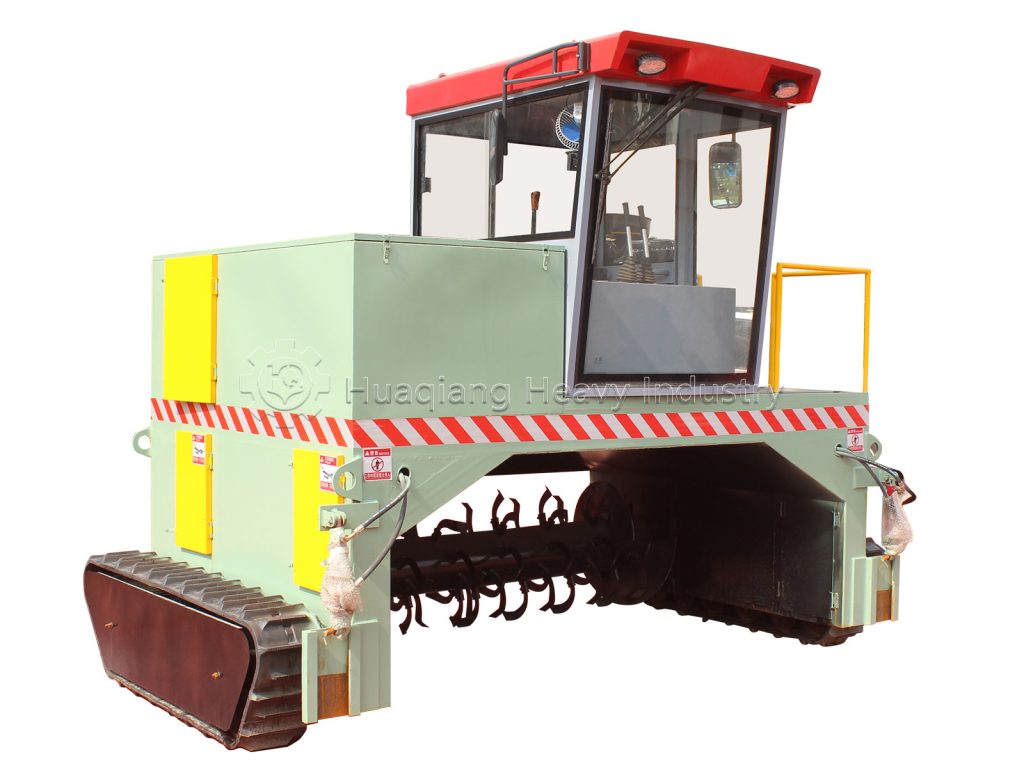Ring die granulators: Why can they adapt to the different needs of organic and compound fertilizers?
In the fertilizer industry, the physical properties of organic fertilizers (mostly made from fermented manure and straw) and compound fertilizers (mostly made from phosphate rock, potassium chloride, and urea) differ significantly. Organic fertilizers are fibrous, highly moist, and prone to sticking together, while compound fertilizers are hard, fiberless, and require high-hardness molding. Ring die granulators, through their “adjustable structure + material adaptability,” can meet the granulation needs of both fertilizer types.

For organic fertilizer granulation, ring die granulators offer two key design advantages: First, they utilize a “low compression ratio” ring die (3:1-5:1) to avoid excessive compression that damages the organic matter and bacterial inoculant activity in the raw material, while ensuring that the granules do not break apart. Second, they feature an “anti-sticking die conditioning system” that precisely controls the amount of water added and a small amount of binder (such as starch residue) to reduce material sticking to the die, thereby improving molding efficiency and discharge speed.
For compound fertilizer granulation, the ring die granulator focuses on “wear resistance and high extrusion capacity”: the ring die is made of wear-resistant alloy material, which can withstand the high-frequency friction of mineral raw materials and has a service life three times longer than that of ordinary materials; the pressure roller is hardened to enhance the extrusion force, and is equipped with a “high compression ratio ring die” (6:1-8:1) to ensure that the hardness of the compound fertilizer particles meets the standard.








